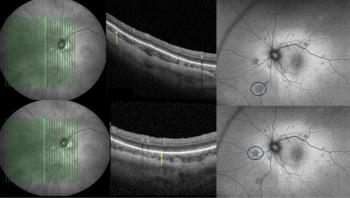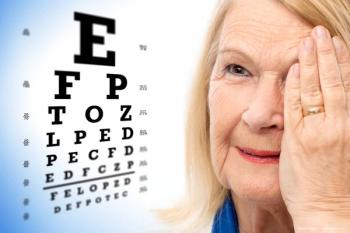
Surgery best way to reduce paediatric refractive error
Refractive surgery in children with severe anisometropia or ametropia produces relatively stable results, according to a study published in the American Orthoptic Journal.
Refractive surgery in children with severe anisometropia or ametropia produces relatively stable results, according to a study published in the American Orthoptic Journal.
Evelyn A. Paysse, MD of the Baylor College of Medicine, Houston, US studied photorefractive keractectomy (PRK) in nine patients with paediatric anisometropic amblyopia.
Thirty-six months after surgery, seven patients displayed a two or more line improvement in uncorrected visual acuity (UCVA). Two displayed an improvement of two or more lines in best corrected visual acuity (BCVA). Refractive error stability was good, with 50% of myopic patients and 100% of hyperopic patients within 2 D of refractive target.
The researchers concluded that refractive surgery produced stable results for reducing refractive error in paediatric patients, and that UCVA and BCVA also improved subsequent to surgery in these patients.
Newsletter
Get the essential updates shaping the future of pharma manufacturing and compliance—subscribe today to Pharmaceutical Technology and never miss a breakthrough.













































